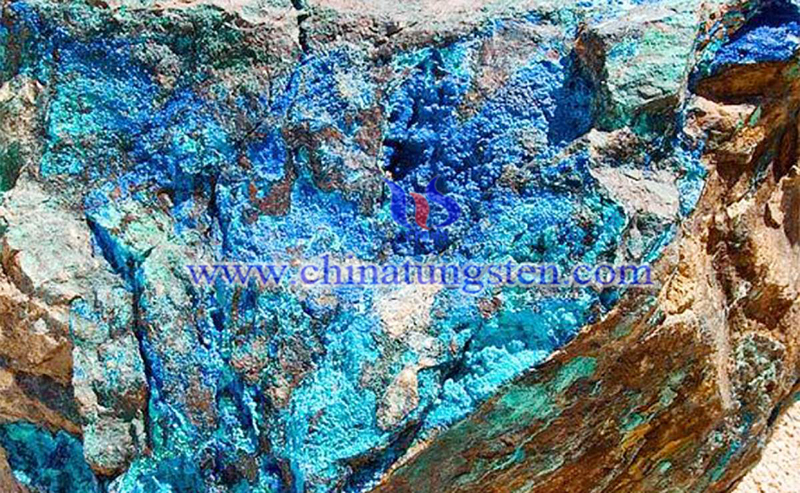Greensnow Tech to Study Rare Earth Mining
- Details
- Category: Tungsten's News
- Published on Friday, 29 January 2021 22:18
The Malaysian Nuclear Energy Agency signed a cooperation agreement with Greensnow Technology Sdn Bhd (GTSB) and will carry out non-radioactive rare earth elements (NR-REE) mining pilot tests in Kelantan, Perak, Pahang and Kedah. The company will invest RM450,500 to carry out a 12-month study, and has identified R&D locations throughout Malaysia, first in the three states of Tampeng Peri.
The company's director-general Nik Abdul Mubin Nik said that Malaysia is cooperating with China and the United States to develop Malaysia's rich mineral resources, especially rare earths, to help promote the country's economy.
"The exact locations have not been finalized as we are still waiting for permission from the state governments before we can start the research work," Nik Abdul Mubin said in a virtual press conference after the virtual exchange of a memorandum of agreement between GTSB and Nuklear Malaysia. Nik Abdul Mubin signed the MoA on behalf of GTSB while Nuklear Malaysia was represented by its director-general, Dr Siti A' iasah Hashim.
He believes that it is necessary for Malaysia to start this activity as soon as possible to benefit from it. He also hopes to hold a rare earth seminar to explore the potential of Malaysia's rare earths with industry players such as China, Australia and the United States.

According to Nik Abdul Mubin, among the studies to be conducted by Nuklear Malaysia would be to identify the effects of mining by using the "in-situ leaching" techniques to dissolve valuable REE such as neodymium, praseodymium, cerium and others found in clay and rocks.
"The MoA is expected to benefit both parties. Nuklear Malaysia can use the data to conduct further studies related to REE while the company can leverage the data to do rare earth mining work in the future," he said.
He said that pre-mining research can assist in the establishment of a database related to geology and groundwater safety, and assist in monitoring the quality of geology and groundwater in mining areas.
Regarding whether this cooperation will cause harm to the country and citizens, Siti Aisha, the director of the nuclear energy agency, pointed out that the authorities will first take care of radiological and environmental damage before launching such activities.
She said that although the dangerous level of radioactivity is very low, the authorities will not take it lightly, and the testing activities are designed to avoid unplanned mining activities causing damage to the environment. Meanwhile, Siti A' iasah said through the MoA, Greensnow would look for potential areas while Nuckear Malaysia would look at the suitability of an area for mining and compliance with the environmental safety requirements.
When asked about the existence of radioactive elements in the mining areas, Siti A'iasah said the cooperation involved mining of rare earth materials that were not radioactive and if any, the radioactive elements were very low.
"There is no need to worry about the possibility of radioactive pollution or similar pollution," she added. She said that this activity will not have a negative impact on the country, because once successful, this high-value mineral can drive the economic development of Malaysia.
According to the agreement, the Nuclear Energy Agency and Greensnow Tech will explore the mining effect of using "in-situ leaching" technology to dissolve valuable rare earth elements such as neodymium, praseodymium and other elements in rocks and clay.
- Rare Earth Manufacturer & Supplier, Chinatungsten Online: www.chinatungsten.com
- Tungsten News & Prices of China Tungsten Industry Association: www.ctia.com.cn
- Molybdenum News & Price: news.molybdenum.com.cn
- Tel.: 86 592 5129696; Fax: 86 592 5129797; Email: sales@chinatungsten.com